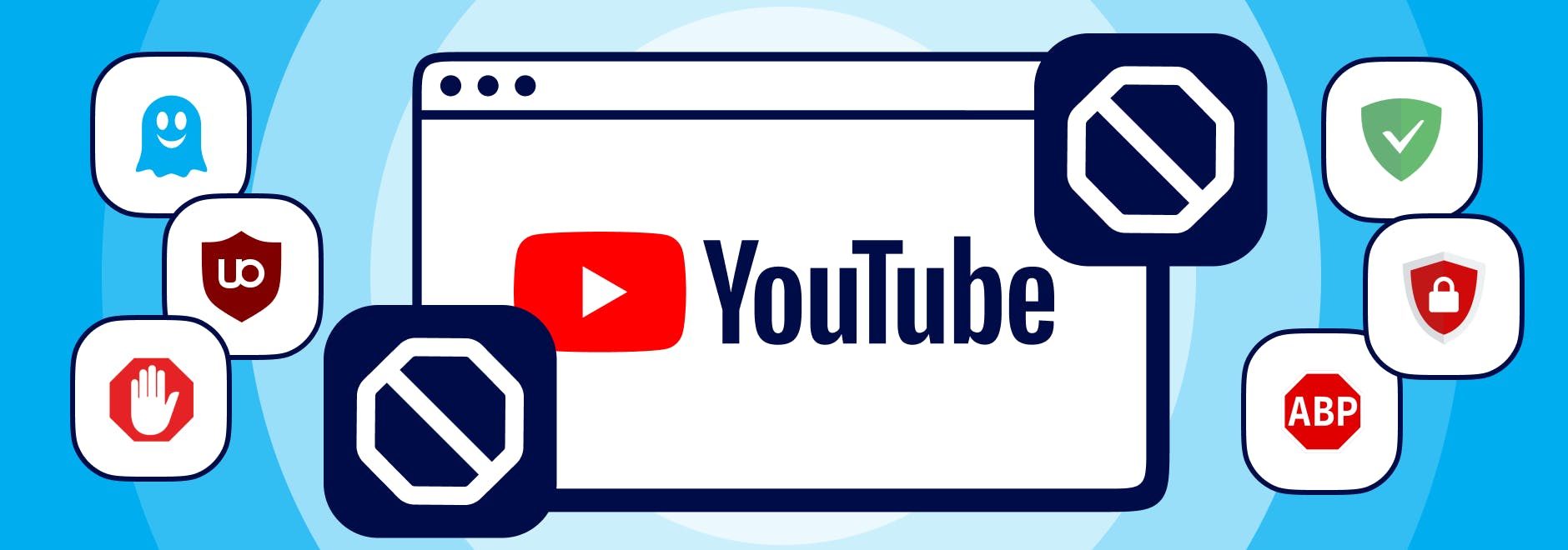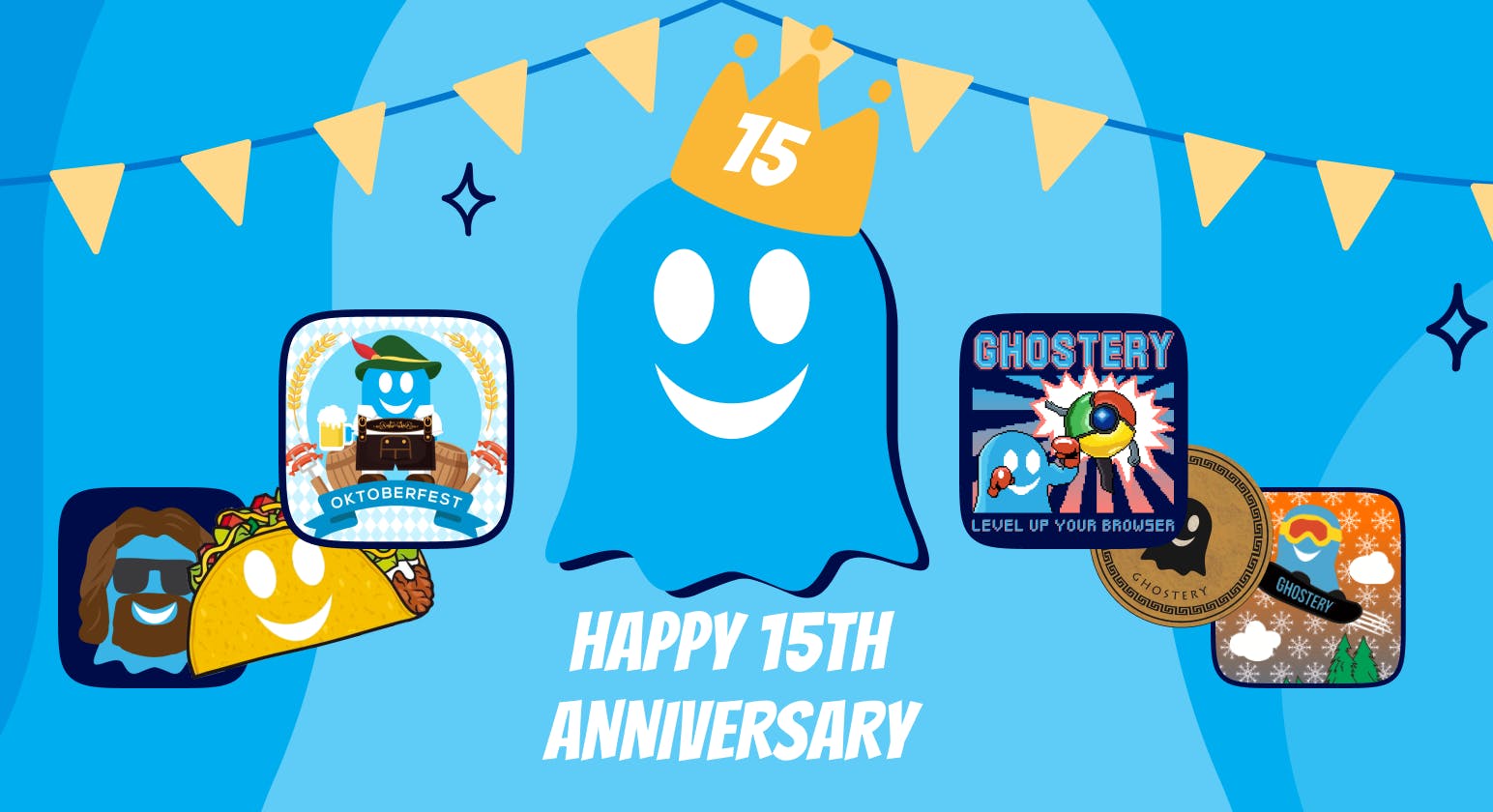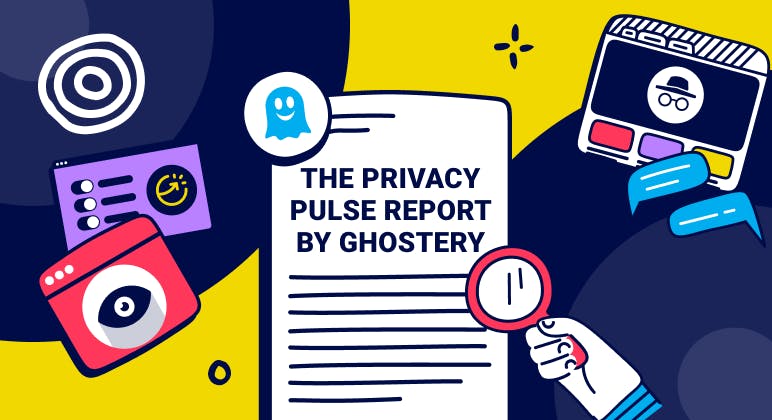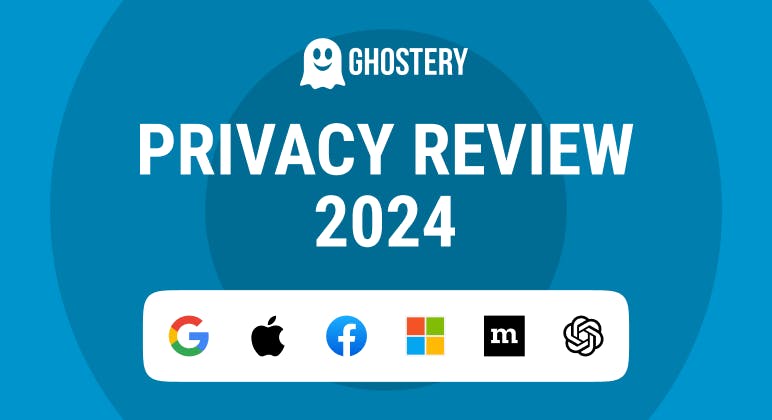Editorial
Is YouTube Stopping Ad Blockers?
Key Points:
- YouTube is testing different messages that will block users from watching videos if they use ad blockers, claiming that it needs ads to support its platform and its creators.
- YouTube’s new policy may affect their ad revenue and market position, reigniting a debate over the role of ads in the online video industry and the balance between profit and user experience.
- Ghostery Tracker & Ad Blocker is one of the easiest ad blocking solutions for YouTube.

Is YouTube Stopping Ad Blockers?
YouTube is the most popular video-sharing platform in the world, with over 2.5 billion monthly active users.
But not everyone is happy with the way YouTube displays ads on its videos. Many users resort to using ad blockers, software that prevents ads from appearing on websites, to enjoy a smoother and uninterrupted viewing experience.
However, YouTube seems to have a problem with that. Recently, the platform has announced a new policy that will block users from watching videos if they use ad blockers.
A Closer Look at YouTube’s New Anti-Ad Blocker Policy
If you have noticed that your ad blocker is not working on YouTube anymore, you are not alone. YouTube is testing a policy requiring users to disable ad blockers or pay for Premium to watch videos.
YouTube’s new policy against ad blockers was first discovered by a user who reported seeing a message on their screen when they tried to watch a video, stating “Ad blockers are not allowed on YouTube”. Another user recently reported that YouTube only allowed them to watch three videos before blocking them from the site.
Apparently, Google is testing various methods to counter ad blockers and achieve the most profitable outcome for its business. Both messages encouraged users to turn off their ad blockers or to join YouTube Premium.
YouTube’s message is clear: Either watch ads or don’t watch videos.
This is a drastic change from YouTube’s previous stance on ad blockers, which was more tolerant.
Will Ad Blocking on YouTube End?
The answer is not so simple.
On one hand, YouTube has the power and the right to enforce its own rules on its platform. If YouTube decides to move this anti-adblock behavior from an experiment to a permanent implementation, it could effectively prevent millions of users from using ad blockers on its site. This could result in more ad revenue for YouTube and its creators, as well as more data collection for advertisers.
On the other hand, YouTube’s policy could also face resistance and backlash from users and ad blockers. Some users may not be willing to give up their ad blockers. They may also switch to alternative platforms that do not impose such restrictions on ad blocking, such as Vimeo, Dailymotion, or PeerTube.
Moreover, some ad blockers may not give up easily either. Ad blockers are constantly evolving and finding new ways to bypass website defenses.
AdGuard, one of the most popular ad blocking software, has already responded to YouTube’s policy by saying that it is a violation of user rights and freedom of choice. AdGuard has also said that it will continue to work on finding ways to circumvent YouTube’s restriction and to protect users from unwanted ads, as will Ghostery.
It’s possible that YouTube’s policy will trigger a cat-and-mouse game between YouTube and ad blockers, where each side will try to outsmart the other with new techniques and countermeasures.
The Impact on Users and Content Creators
Many users are frustrated and confused by their ad blocker not working on YouTube, as they have to deal with annoying and intrusive ads on every video they watch.
Ad blocker users will have to face a trade-off between watching ads or watching videos. If they choose to watch ads, they will have to endure different types and frequencies of ads depending on the video they watch (pre-, mid-, and post-roll ads, banner or overlay ads, and sponsored cards).
Users who choose to watch videos will have to either turn off their ad blockers or join YouTube Premium. Turning off ad blockers may not be an easy decision for some users who value their user experience or privacy. Joining YouTube Premium may not be an affordable option for some users who do not want to pay a monthly fee for something they used to get for free.
Content creators who make videos for YouTube will also be affected by this change. Content creators earn money from YouTube’s AdSense program, which pays them a share of the revenue generated by the ads shown on their videos.
If YouTube’s policy reduces the number of users who use ad blockers, content creators may see an increase in their ad revenue. And if YouTube’s policy reduces the number of viewers who watch their videos, content creators may see a decrease in their ad revenue. This may also affect their ranking, engagement, and growth on the platform.
The Implications of Increasing Ad Revenue
YouTube’s policy may boost its ad revenue for a while, but it may not help its content creators much in the long run:
- Content creators may face lower viewership and lower ad revenue as challenges that may hurt their success and sustainability.
- Viewership may drop because some viewers may dislike ads or lose their ad blockers.
- Ad revenue may drop because it is variable and influenced by YouTube’s policies and algorithms.
Perhaps content creators will use other methods or go to other platforms to earn money and have more freedom without depending on YouTube’s AdSense program.
A Reaction to Declining Revenue?
YouTube’s policy may seem like a way to increase its revenue and to support its creators, but it may also be a reaction to its declining revenue and competitive pressure from other platforms.
YouTube’s policy may be an attempt to regain some of its lost revenue and market share by forcing users to watch ads or pay for premium services. But it comes at the risk of alienating users.
This may also motivate some of its competitors to offer better alternatives or incentives to users and creators who may want to leave YouTube or reduce their dependence on it.
Final Thoughts
The future of ad blocking on YouTube is uncertain. YouTube may gain or lose revenue and users depending on how its policy affects ad blockers and their reactions.
Users will have to choose between watching videos with ads or not watching ads at all. Creators will have to deal with the uncertainty and variability of ad revenue. YouTube will have to face the resistance and backlash from users and ad blockers.
Whatever the outcome, one thing is clear: This indicates that YouTube, like other ad-funded sites, is feeling the impact of the rising usage of ad blockers.
Ad blockers not working on YouTube is a problem for many users who value their user experience and privacy and do not want to watch ads or pay for YouTube Premium.
Fortunately, you can still block YouTube ads with Ghostery. Check out our extension to browse 2x faster and block ads, trackers, and cookie consent notices.
As always, get in touch if you have any questions. We’re always happy to help.
Liked this post? Subscribe to our newsletter. Our Privacy Digest aims to help our readers safeguard their identity online.


